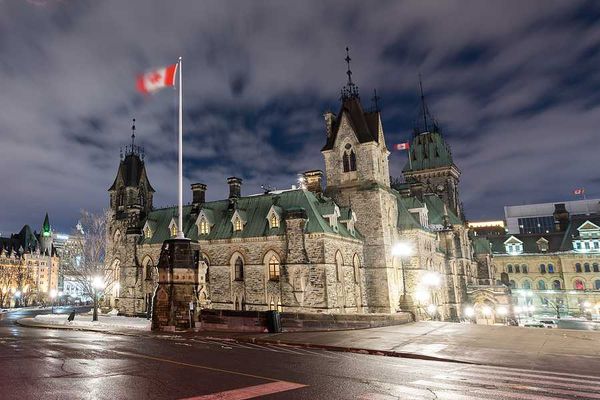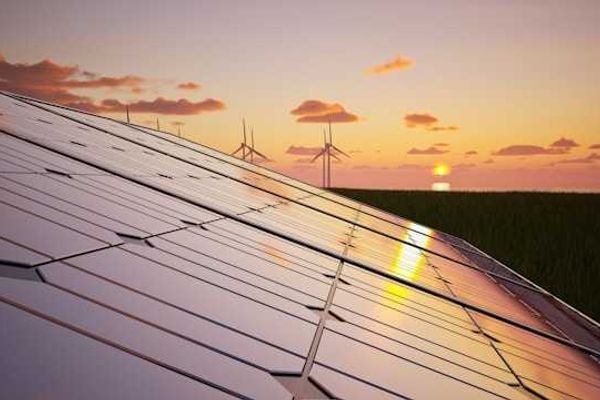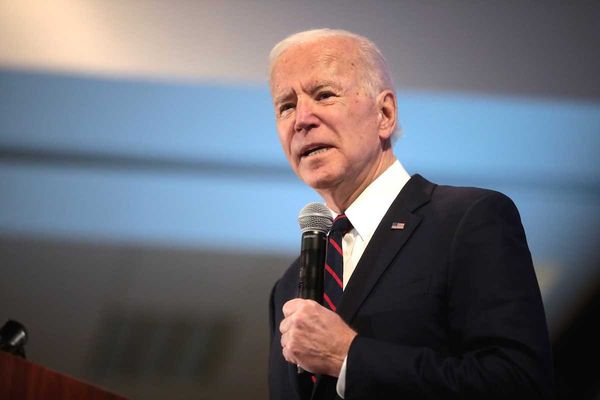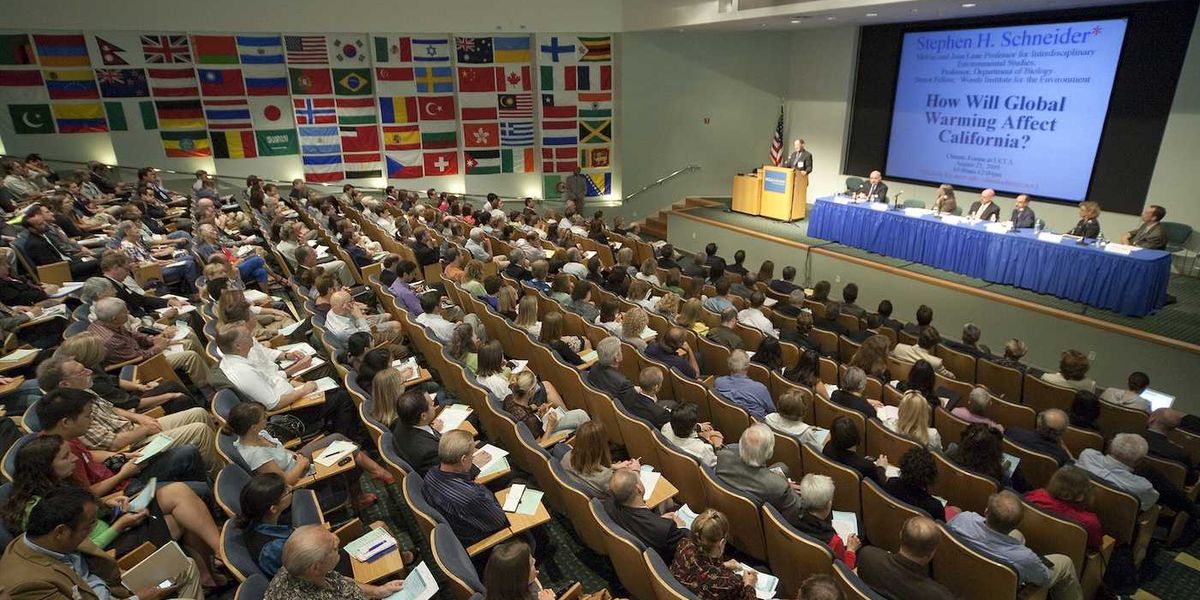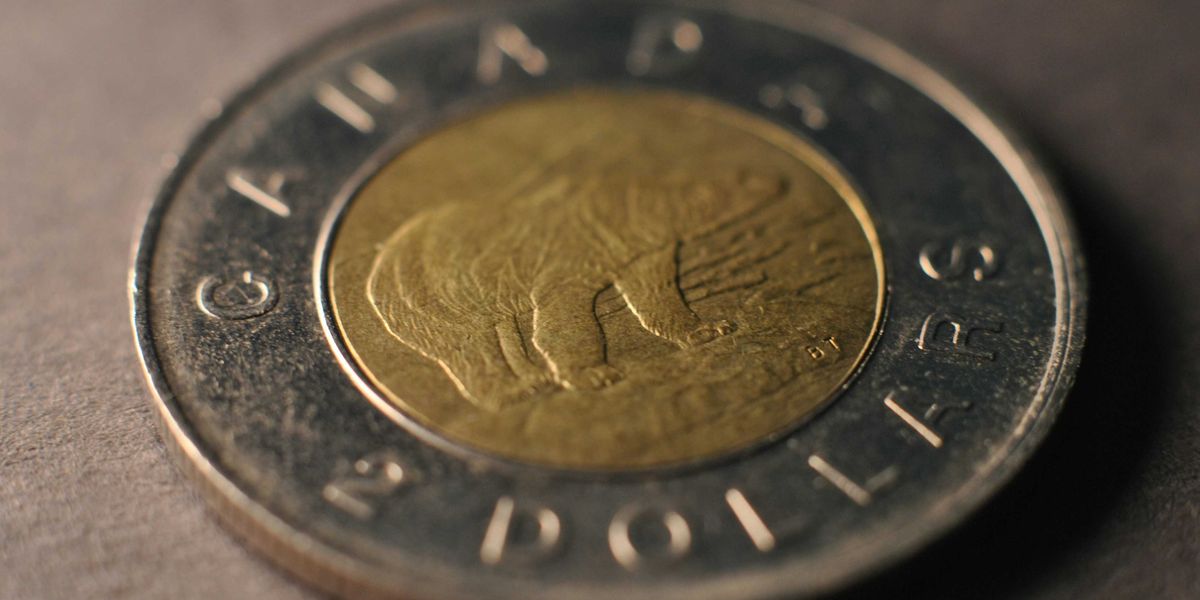renewable energy
Newsletter
Credit: Allison Saeng For Unsplash+
Democrats show early signs of winning energy messaging war
Democrats won gubernatorial elections in Virginia and New Jersey, where candidates made affordability concerns and skyrocketing electricity bills central to their campaigns.
Newsletter
Credit: demerzel21/Big Stock Photo
How Carney’s first budget impacts the environment
Prime Minister Mark Carney’s budget scales back rules around greenwashing, and hints an oil and gas emissions cap is unlikely. But it introduces a youth climate corps and renews efforts to lift boil-water advisories
Newsletter
Credit: Alexander Mils/Unsplash+
$10 trillion in green investments counter Trump’s climate backlash
The landmark Paris Agreement triggered a wave of climate commitments. A decade later, Bloomberg examined seven key categories to chart progress amid a new era of attacks on global warming science and action.
Newsletter
Credit: Fahroni/Big Stock Photo
The EV battery tech that’s worth the hype, according to experts
Major battery breakthroughs seemingly happen every day, but only some of that tech ever leaves the lab. WIRED breaks down what’s actually going to change EVs and what’s just a dream.
Credit: Gage Skidmore/ https://www.flickr.com/photos/gageskidmore/ https://creativecommons.org/licenses/by-sa/2.0/
Slow rollout throttled Biden’s big clean energy ambitions, former staffers say
An “executive branch machinery that defaulted to caution, process, and reactive strategies” undercut the ex-president’s massive energy and infrastructure programs, a report by his former staffers details.
Top Story
Credit: bfoxfoto/Big Stock Photo
A tribe in Nevada finally had funding for climate resilience. Then a grant was ripped away
The Walker River Paiute Tribe was poised to strengthen its water, energy, and housing infrastructure with a $20 million federal grant — until the Trump Administration abruptly revoked the funding, halting projects designed to protect the community from worsening wildfires, floods, and extreme heat.
Newsletter
Credit: Getty Images/Unsplash+
Pennsylvania gas producer sues Capital & Main over its reporting on health risks
A lawsuit by CNX Resources Corporation accuses the news organization of defamation for quoting sources critical of an industry-written study. Capital & Main stands by its reporting and vows to fight the suit.
ORIGINAL REPORTING
MOST POPULAR
CLIMATE






